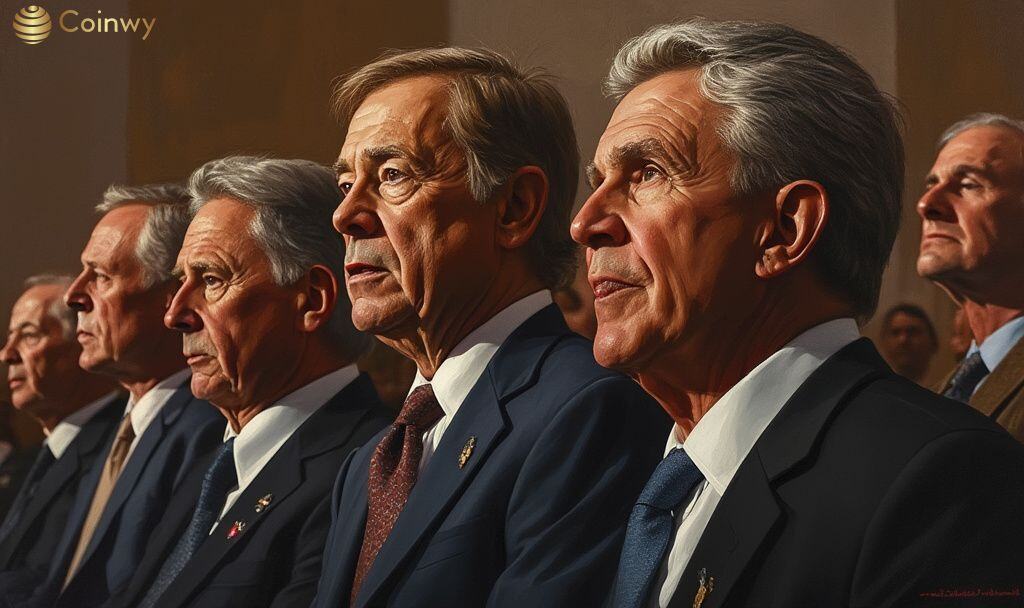- Crypto firms significantly fund Republican election campaigns.
- Fairshake PAC raises $141 million.
- Legislation influences stablecoin market dynamics.
Leading crypto firms, including Coinbase and Ripple, fund Republican agendas for the 2024 US elections with over $141 million through Fairshake PAC, impacting stablecoin and market structure legislation.
This strategic funding shift accelerates pro-crypto legislation, significantly influencing asset flows into US-regulated stablecoins and boosting political doоminance of crypto-supportive lawmakers.
Major crypto companies, including Coinbase and Ripple, contributed to Republican campaigns through Fairshake PAC, raising over $141 million. These contributions mark a new era of political spending for the crypto sector.
The leading organizations such as Coinbase, Ripple Labs, Jump Crypto, and Circle directly funded pro-crypto candidates, focusing on stablecoin and market structure bills. This historic spending aims to shape policy and increase legislative influence.
The funding led to accelerated legislative discussions on stablecoins, boosting US-regulated stablecoin inflows. This shift reflects broader economic and regulatory impacts on the US crypto landscape. As Brad Garlinghouse, CEO of Ripple, stated: “We need leaders who understand crypto’s potential for American innovation.”
The financial influence of these crypto firms has notable political ramifications, reshaping how policy debates unfold in Congress. Republican leadership now backs crypto-friendly measures with majority support in both the House and Senate, highlighted by the recent House vote results from May 2024.
As political contributions grow, the effects on industry dynamics are palpable. Assets like ETH and USDC see increased market attention and inflows, driven by regulatory clarity.
Looking forward, experts suggest further financial and regulatory shifts with crypto firms evaluating long-term strategies. Historical trends highlight the evolving relationship between political funding and market regulation dynamics.






